CCTV's groundbreaking documentary series, "Bird’s-eye China," is the first Chinese program to have been produced using drone technology. Each episode in the series celebrates the history, culture and natural beauty of a different area of China. Spanning 34 vastly different provinces and regions, this series is the most difficult and expensive documentary that CCTV has ever produced.
Join us in this unique journey across the sky, as CGTN looks at the best of China’s breathtaking scenery.
Hainan, the island province
The Qiongzhou Strait is a body of water 30 kilometers across that separates Hainan from Guangdong Province. In prehistoric times, Hainan was part of the Chinese mainland, but around sixty million years ago, some lower-lying land was submerged, creating what we know today as the Qiongzhou Strait.
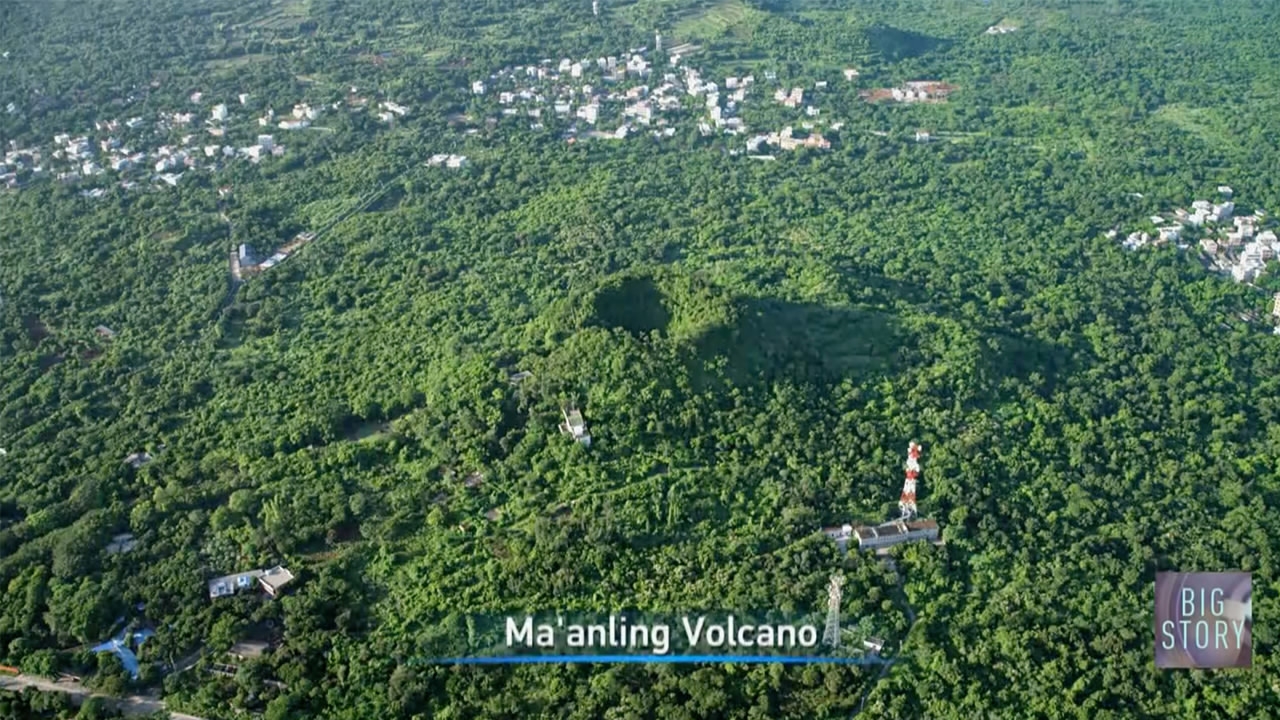
Haikou is the closest city on Hainan to the mainland. Ninety percent of goods entering and leaving the island pass through its port. The city's Qilou Street gets its name from the protruding structures, with Qilou meaning “overhanging buildings”.
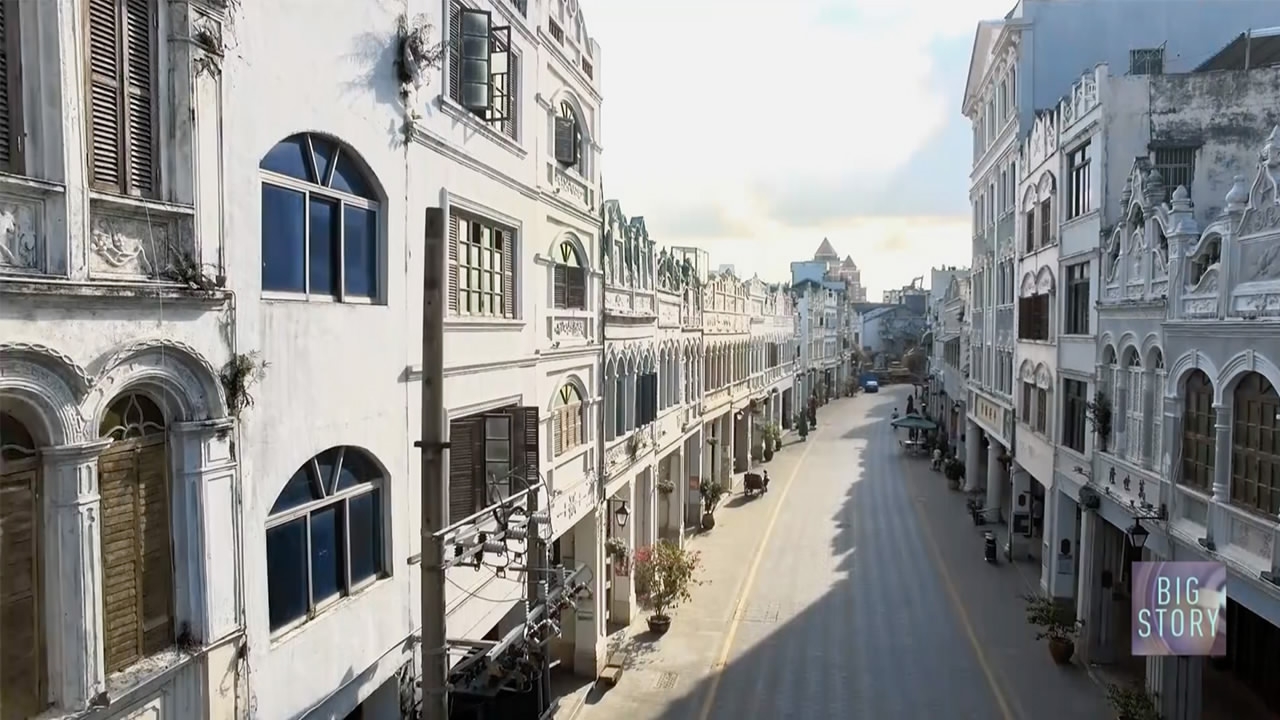
In 1988, Hainan was established as China’s largest special economic zone. Attracted by the commercial potential, people set up businesses on the island. In 2002, business people and various experts from all around Asia gathered in Boao on the island's east coast for the First Forum for Asia. The event was so successful that the town was designated the forum’s permanent home. Other development in previous decades has seen ordinary fishing villages become modern cities almost overnight.
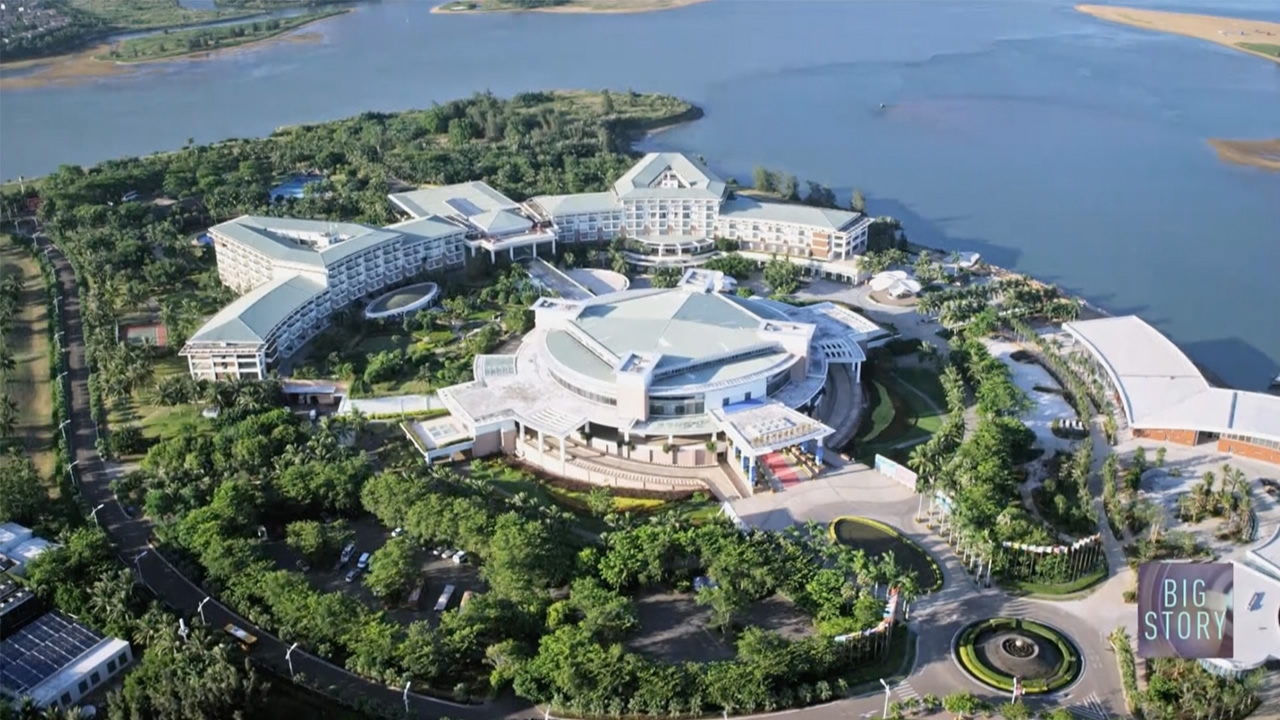
The Wanquan River nourishes the fertile land in eastern Hainan, where most of the island’s grain is grown. However, the heavens are not always kind to this place, with the skies sometimes hitting the island with their full fury. Two or three times a year the eastern side of the island is hit by typhoons. Despite the extreme weather, the Wanquan River ensures that this is the second most densely populated region in Hainan.
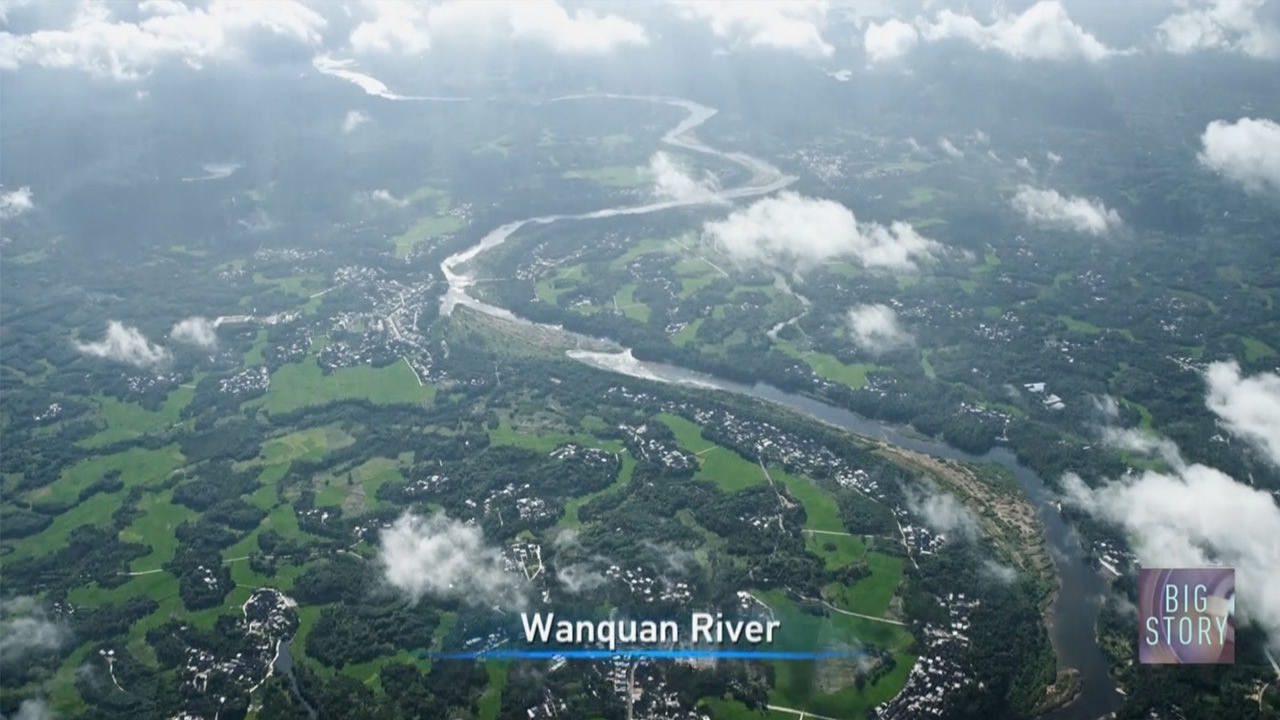
The statue of the Guanyin of the South Sea is the biggest statue of the Bodhisattva in the world. Historically, Sanya was referred to as the end of the Earth. Disgraced officials and prisoners were sent into exile to this remote and at the time, impoverished place. These days by contrast, the city is booming thanks in part to tourism. Sanya is now one of China’s leading travel destinations.

Wenchang is home to China’s only coastal satellite launch site, with its location near the equator ideal for facilitating rockets’ entry into orbit. In 2016, more than 20,000 people witnessed the launch of Long March-7 rocket on site. At 7:41 p.m. Thursday, the Tianzhou-1 cargo spacecraft is set to launch towards China's Tiangong-2 space lab.
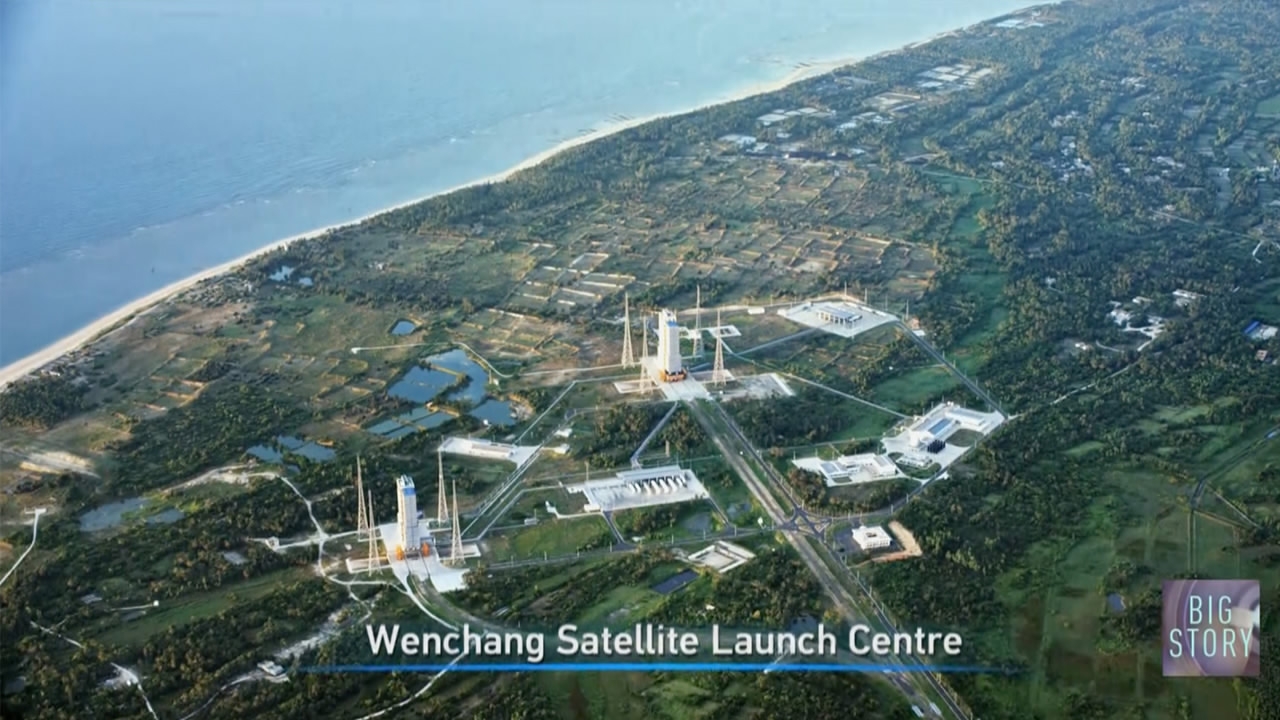
Related story:









